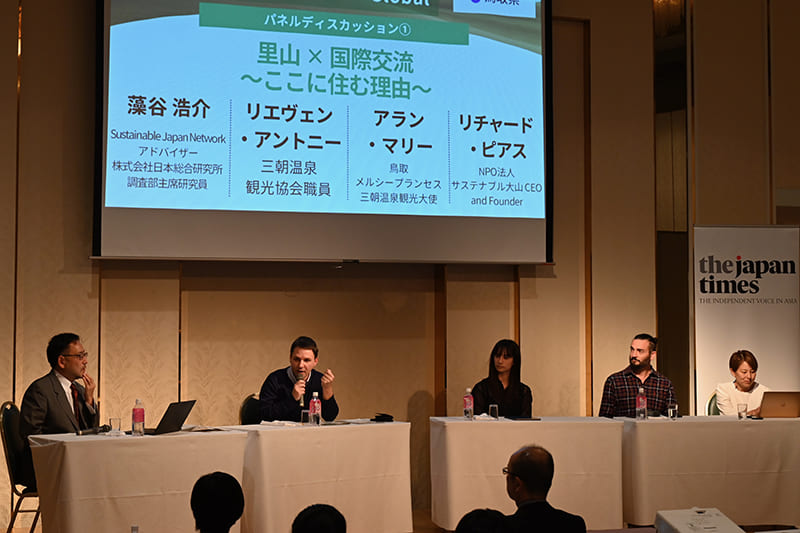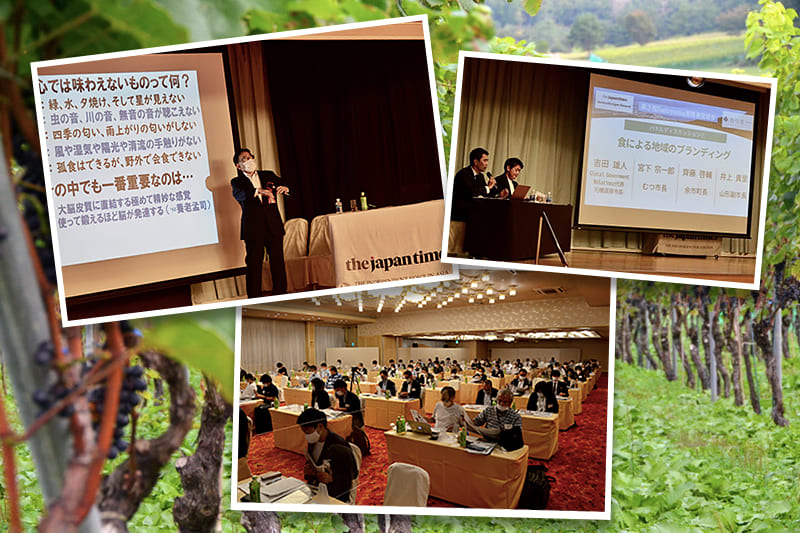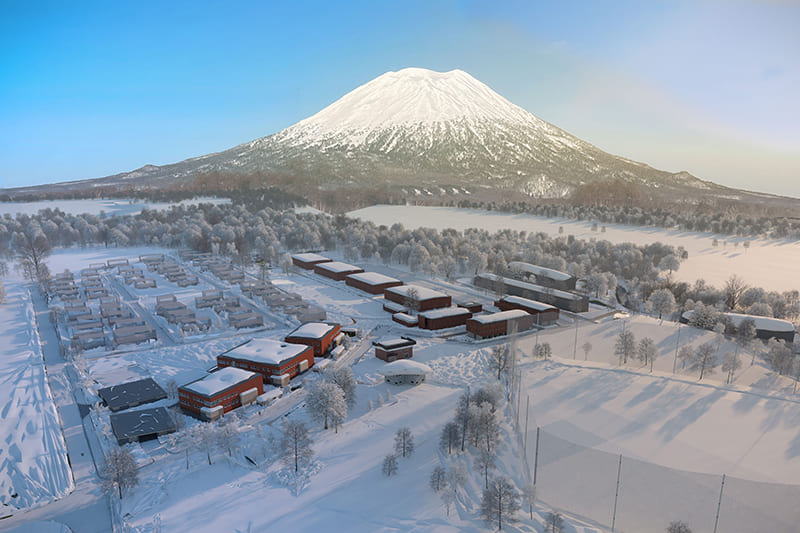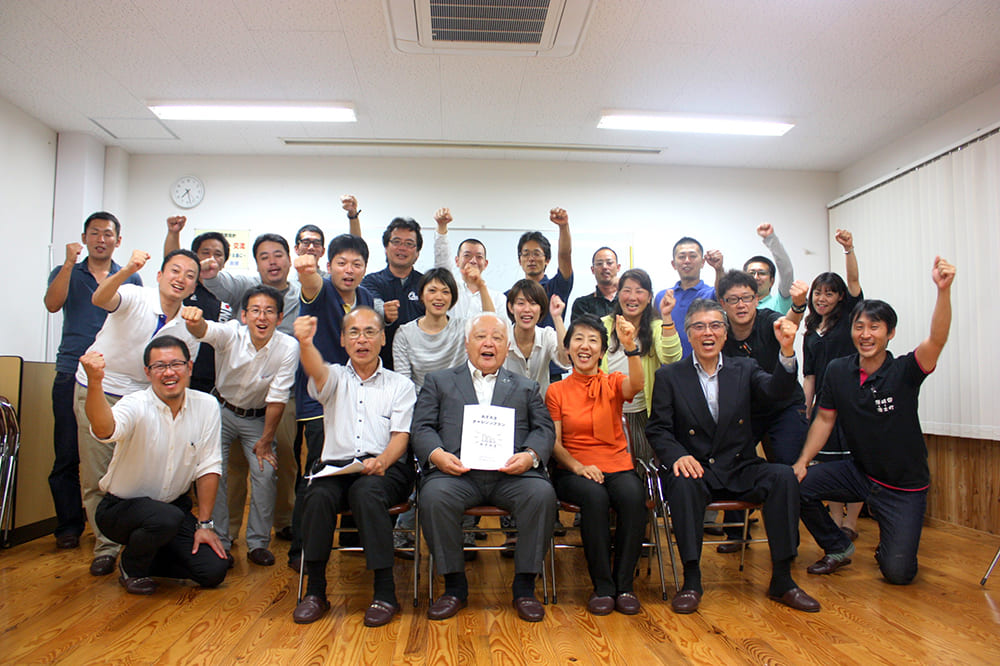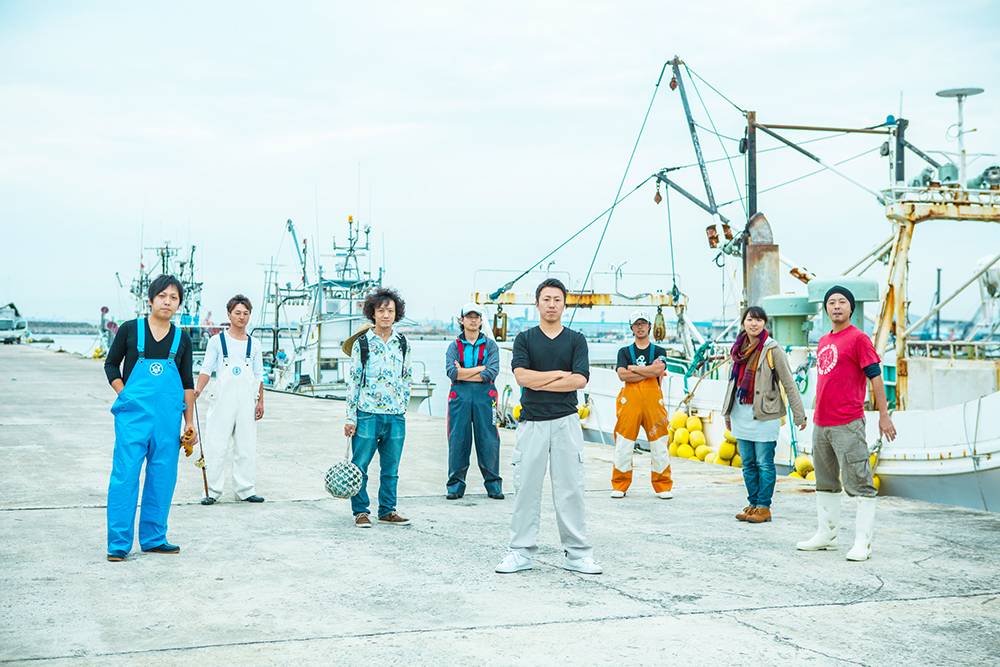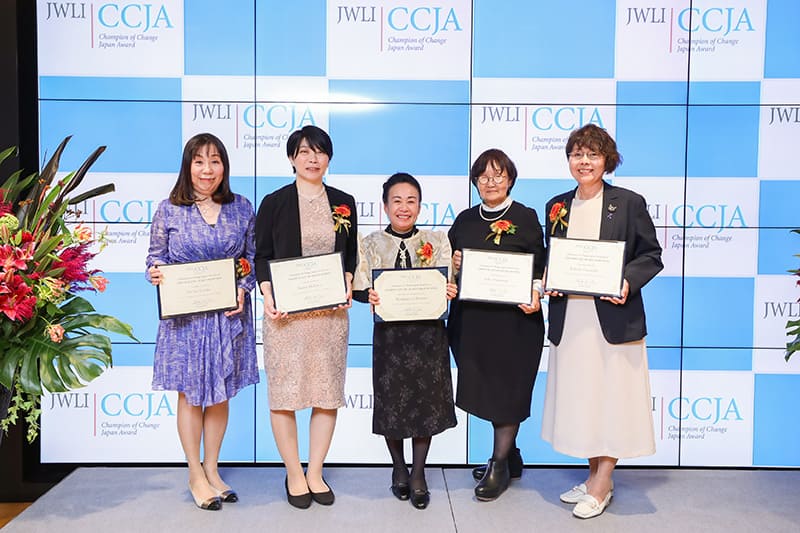June 09, 2021
Art triennial revitalizes rural Echigo-Tsumari region
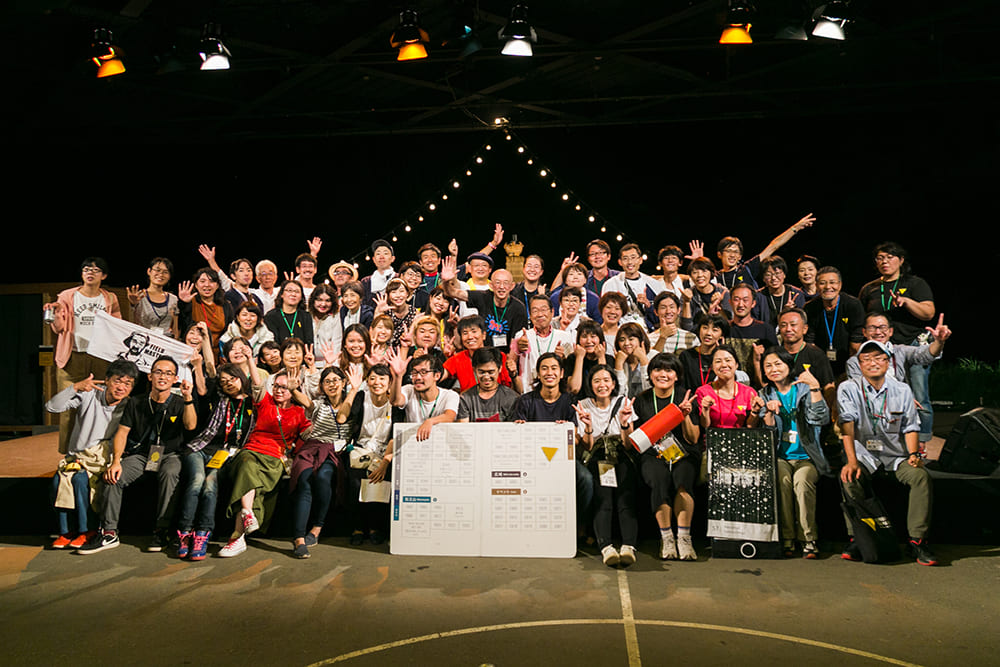
The 16th Satoyama Cafe, a talk session organized by the Japan Times Satoyama Consortium and moderated by its secretariat chief, Yuto Yoshida, was conducted online on May 8 featuring two women involved in the Echigo-Tsumari Art Triennale, a unique art event and a major trigger for regional revitalization that started in the rural Echigo-Tsumari region of Niigata Prefecture in 2000.
The regional festival showcases artworks inspired by the local landscape and culture, created by both Japanese and international artists scattered across 200 locales in the area.
Yukiko Tamaki, director of NPO Echigo-Tsumari Satoyama Collaborative Organization, has been part of the event since 2003. According to Tamaki, Echigo-Tsumari, a wide area covering the city of Tokaichi and the town of Tsunan, is one of the snowiest regions on Earth, with rich beech forests and terraced rice fields, and faces the issue of depopulation and aging.
“The purpose of the event was to solve the existing issue and promote regional revitalization,” Tamaki said. However, she explained that the plan initially received nothing but objections from council members and local people who wanted hospitals and roads instead of modern art. “But the former mayor of Tsunan said: ‘We have tried many things, but nothing solved our problem. Why not try this one, when we won’t lose anything more?’ and with this, things started to roll,” Tamaki said.
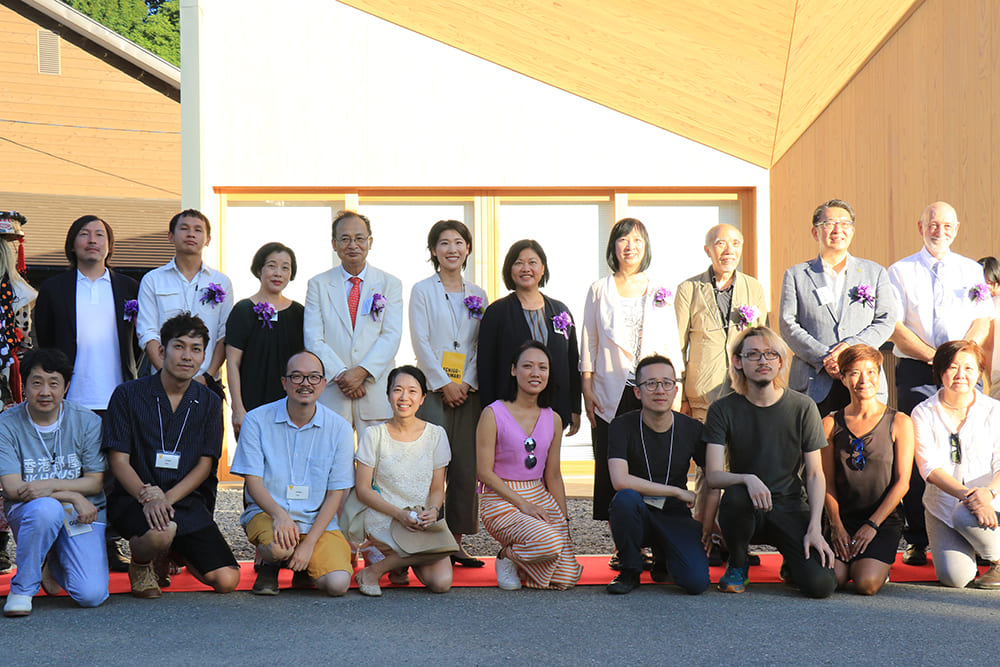
Haruka Kuwabara, the current mayor of Tsunan and the youngest town mayor in the history of Japan, is one of the residents whose lives were changed by the triennial. She was a second-year high school student when she felt greatly inspired by the event, especially a speech by Sadako Ogata, the first female United Nations high commissioner for refugees, who had been invited. The experience made her proud of her hometown.
The local people also started to change as they engaged with artists, organizers and other people who run the event. The unique part of this art triennial is that some of the works involve the participation of local residents during the process of creation or performance, such as installing works with artists on their own premises, telling stories about old times to inspire an artist to write a poem, or performing as actresses at a theater restaurant.
Tamaki noted that yukimi gozen (snow-viewing meal), a special lunch served at a village house by wives from the area during the triennial, symbolizes the action of connecting with the outside world through one’s own creation. “Actually, many of them originally come from other towns and they blended into the community, bringing some unique tastes from their own hometowns,” she explained. Yoshida, the moderator, said, “It means that those women had the power to cross boundaries,” stressing that this is exactly what is needed to open up a region.
Kuwabara said the local people had lost confidence in their town before the triennial started. “They thought, ‘There is nothing here.’ They were afraid of outsiders, and they didn’t want anyone to mess with their lives. They thought that they had nothing to do with the event, and the event would not change anything or bring young people,” she said. But it did bring their pride back. The communication and collaboration with outsiders helped them realize the quality of life they are endowed with.
The last triennial, in 2018, attracted more than 540,000 visitors. Kuwabara said many people got to know about Echigo-Tsumari through the event and started to visit the area repeatedly to enjoy exchanges with the local people or help work in the rice fields. “There are also people who support the region by becoming owners of terraced rice fields. Many companies and celebrities are also supporting the event, and the national government also recognizes this event as a successful example of regional development,” Kuwabara said. There are also foreign facilities such as Hong Kong House or Australia House that showcase artworks by their artists and serve as venues for cultural exchange programs. “We also have new residents playing active roles in preserving the communities. We have new shops, too. These are visible changes in the area,” Kuwabara said.
Tamaki said the key for success in revitalizing a region through interactions with people from outside is to maintain a weak and open connection that allows anyone to join in.

